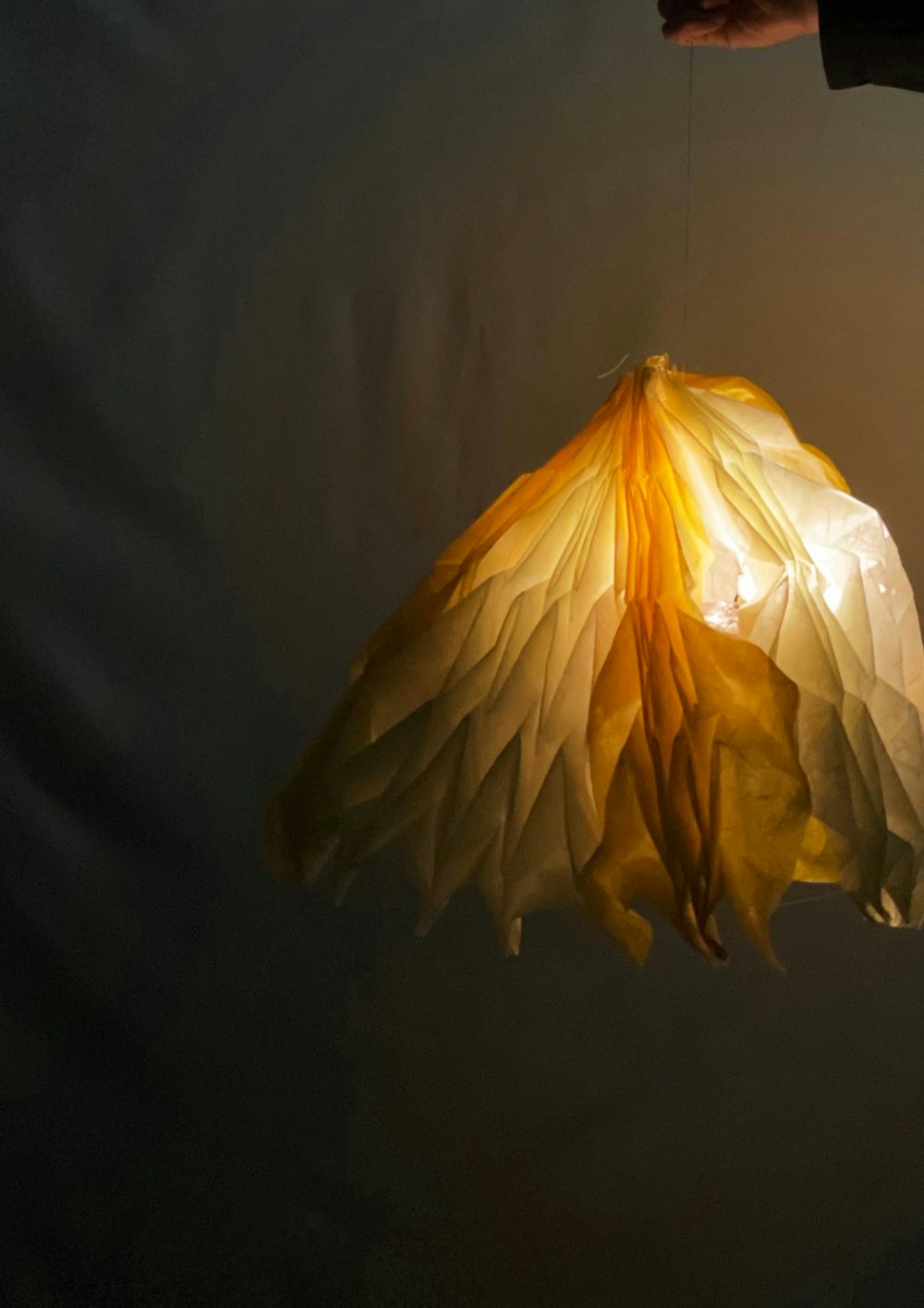Sooyeon Jeong
"Paper, a Phenomenological Archive"
Hanji is the name of a traditional Korean handmade paper. It is made from the inner bark of Broussonetia papyrifera known colloquially as paper mulberry, a tree native to Korea that grows well on its rocky mountains, known in Korean as 'Dak'. Hanji is not just simply classified as paper, but contains people's soul and spirit. Many events were expressed through Hanji in Joseon Dynasty to commemorate the deceased king, to record the sadness of the famine when it did not rain, and the sorrow of the loss of the motherland. As such, the project explores the ways Hanji can be employed to represent current events and social definitions in relation to handicraftsman's subjectivity. It considers the yellow umbrella revolution that happened in 2016 in Hong Kong and that I witnessed firsthand. By examining closely the process of making the paper, I create a new version of the paper that is related to the event. These take the form of integrated paper and lighting models that embody the paper's history and current phenomena. As a result, the history of this craft remains continuous and relevant.
This is part of my diary when I visited Hong Kong during the event:
The barrier of the umbrellas that raised the concrete bulletproof armour protected them from the violence. Different sizes and slightly different tones of yellow umbrellas blurred and showed how different people from different places in Hong Kong gather and act together to fight against injustice. They were standing scattered separately on different levels in the plaza but they looked like one group for me. It seemed that the light was shining through the umbrellas that were opened every time it was scattered by oppression.





